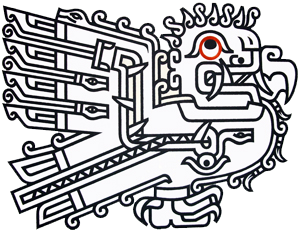Description
A Jesuit who came from Chile introduced the vine to Argentina in 1556. However, it was not until the 19th century that winegrowing took off considerably and became one of the country's most important food industries. The provinces of Mendoza, San Juan, Córdoba, Río Negro, San Luis and Salta are the wine-growing regions par excellence in Argentina. The total area covered by vineyards is almost 300,000 hectares. The annual wine production for all the provinces mentioned amounts to approximately 30 million hectolitres. Argentina is the fourth largest wine producer in the world. The most modern facilities are located in Mendoza, where winemaking has developed in a truly spectacular way. For the whole country, the grape harvest takes place during the month of March, at the end of the southern summer. A festive atmosphere prevails in all the localities concerned. The wine is put into wooden or cement fermentation vats. The alcohol content of Argentinean wine is 12.5 degrees. The old man in the photo is a connoisseur of the new wine. It illustrates the friendly fondness that Argentines have for a drink that is found at every meal. - 1973
Description
A Jesuit who came from Chile introduced the vine to Argentina in 1556. However, it was not until the 19th century that winegrowing took off considerably and became one of the country's most important food industries. The provinces of Mendoza, San Juan, Córdoba, Río Negro, San Luis and Salta are the wine-growing regions par excellence in Argentina. The total area covered by vineyards is almost 300,000 hectares. The annual wine production for all the provinces mentioned amounts to approximately 30 million hectolitres. Argentina is the fourth largest wine producer in the world. The most modern facilities are located in Mendoza, where winemaking has developed in a truly spectacular way. For the whole country, the grape harvest takes place during the month of March, at the end of the southern summer. A festive atmosphere prevails in all the localities concerned. The wine is put into wooden or cement fermentation vats. The alcohol content of Argentinean wine is 12.5 degrees. The old man in the photo is a connoisseur of the new wine. It illustrates the friendly fondness that Argentines have for a drink that is found at every meal. - 1973





